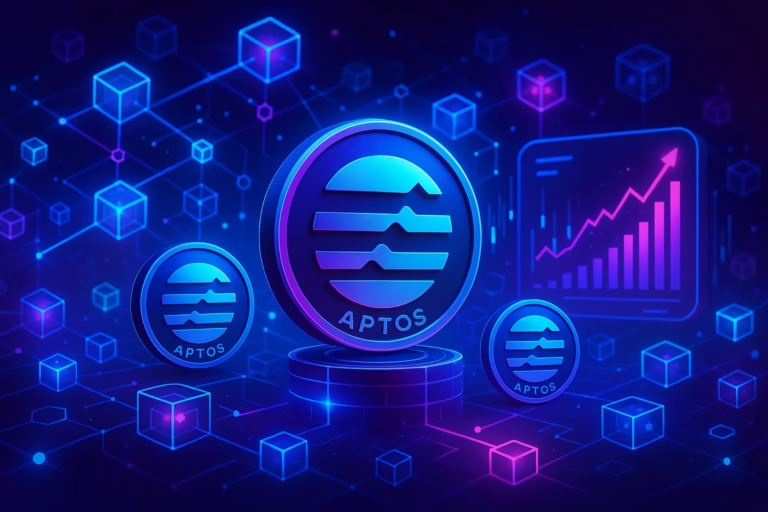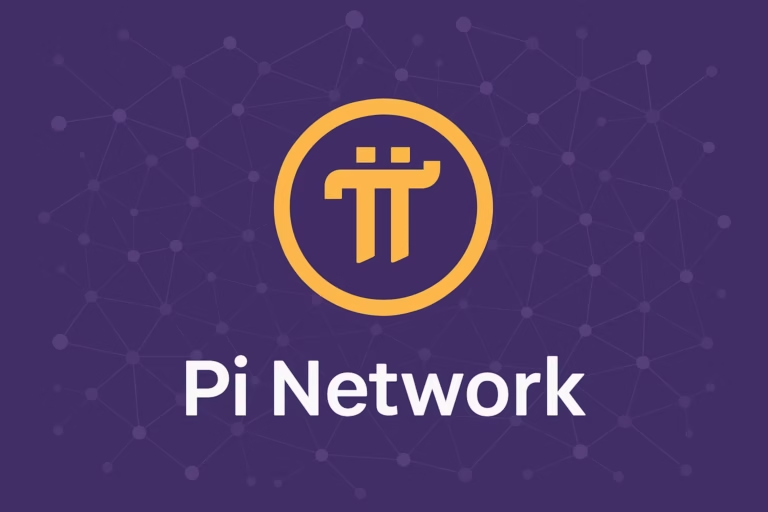
- IOTA’s upcoming Rebased upgrade, set for May 5, will eliminate its centralized Coordinator node, introducing a decentralized proof-of-stake model and native smart contract capabilities through MoveVM.
- This ambitious overhaul aims to position IOTA as a scalable, programmable layer-1 network, with enhanced staking and transaction prioritization for users.
IOTA is taking a giant leap forward with its upcoming Rebased upgrade, set to launch on May 5. This ambitious protocol overhaul promises to reshape the network’s identity and bring decentralization, scalability, and smart contracts to the forefront of its operations. Here’s what you need to know about this major milestone.
A Decentralized Future: Goodbye to the Coordinator
Since its inception in 2015, IOTA has struggled with centralization due to the Coordinator node, which acted as a gatekeeper for transaction finality. While efforts like Coordicide aimed to address this, the network still relied on centralized elements, undermining its promise of a fully decentralized system. The Rebased upgrade marks a complete departure from this architecture, removing the Coordinator entirely.
With the shift to a delegated proof-of-stake (DPoS) model, validators will be elected by IOTA token holders, ensuring the network is secured by a decentralized set of nodes. For the first time, IOTA will finalize transactions without any centralized fallback, representing a major milestone for the project.
Smart Contracts and MoveVM: A New Layer for Innovation
The introduction of native smart contract capabilities through MoveVM is another groundbreaking feature of Rebased. Move, the programming language originally developed by Meta for its Diem project, will power smart contracts directly on IOTA’s layer-1 network. This move positions IOTA to compete with other blockchain networks like Aptos and Sui, which also use Move for their smart contract operations.

One of the major advantages of this system is that transactions will remain feeless, even during high-demand spikes. Validators can be tipped to prioritize transactions, ensuring fairness in processing despite potential surges in activity.
Enhanced Scalability: Ready for the Future
Scalability has long been a key goal for IOTA, and Rebased significantly improves this aspect. The Mysticeti consensus algorithm targets over 50,000 transactions per second with sub-second finality under normal conditions. This puts IOTA in direct competition with other high-performance blockchain networks, like Solana, requiring robust infrastructure to support its validator nodes.
What Does Rebased Mean for Users?
For everyday users, the changes will be noticeable. IOTA’s Firefly wallet, previously the main interface for interacting with the network, will be deprecated. Users will need to transition to the new IOTA Wallet, a browser-based solution that supports the Rebased protocol. Additionally, those using Ledger hardware wallets will need to update their IOTA Ledger app to continue interacting with the network.

A significant update is the introduction of staking. For the first time, IOTA token holders can lock up their assets to earn rewards and participate in validator selection. This creates a stronger economic alignment between the network and its users, something that IOTA has lacked in the past.
Looking Ahead: The Future of IOTA
The Rebased upgrade is a defining moment for IOTA. If successful, it will transform the network into a decentralized, scalable layer-1 protocol with smart contract capabilities, attracting real developer interest and economic incentives. However, with the crypto landscape evolving rapidly, the stakes are high. If the upgrade fails to deliver, IOTA may face an uphill battle to regain the trust of its community.
In summary, IOTA’s Rebased upgrade is not just an improvement—it’s a fundamental redefinition of the project, setting the stage for a decentralized, programmable future.




